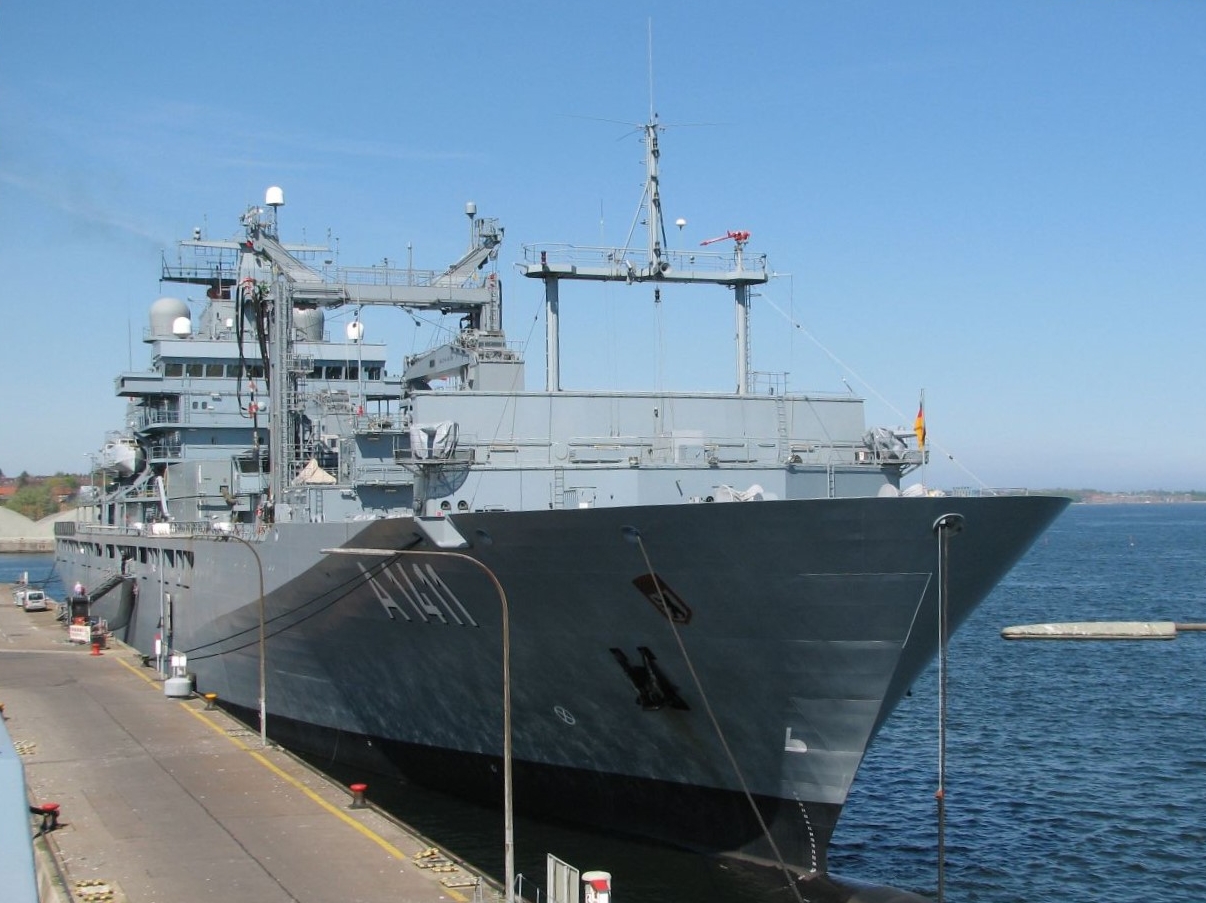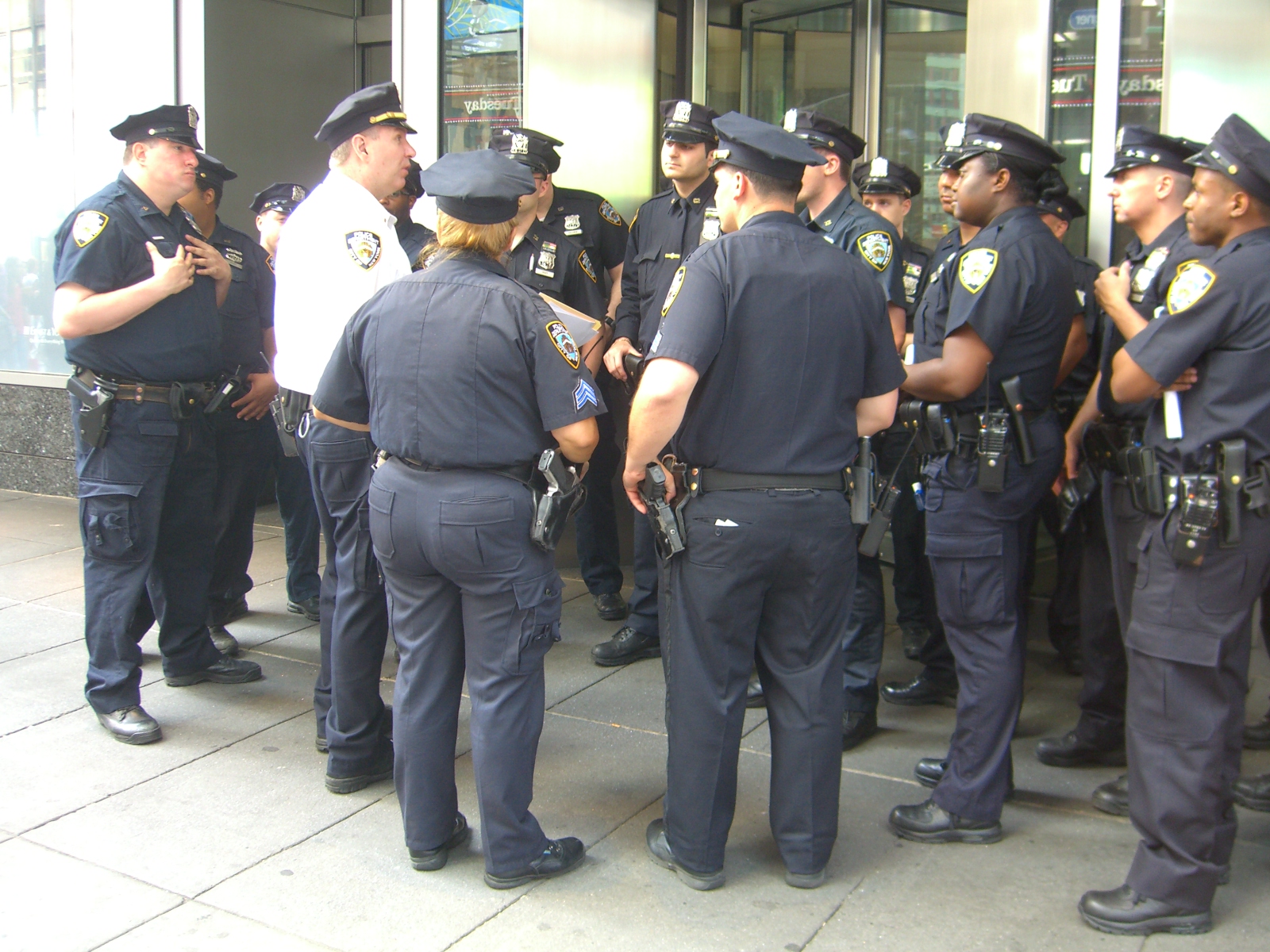|
Sorum-class Tugboat
The Sorum class, Soviet designation Project 745, is a series of seagoing tugs built for the Soviet Navy and KGB Border Troops, and later operated by the Russian Navy and FSB Border Service. These vessels perform the standard missions of a seagoing tugboat with other missions such as protecting and patrolling Russian maritime borders, enforcing navigational rules and law enforcement, search and rescue, and fisheries protection. Design ; Project 745 seagoing tug: The oceangoing tugs are auxiliary vessels for the Soviet Navy, later the Russian Navy. ; Project 745P patrol ship: The border patrol ships are modified versions of the original Project 745. They are armed with two 30 mm or gun mounts giving them the ability to fire on surface, air and ground targets, and are equipped with the fire-control system to control these weapons. ; Project 07452 experimental vessel: The reconnaissance vessel is a version of the original Project 745, which is a testbed for SIGINT ... [...More Info...] [...Related Items...] OR: [Wikipedia] [Google] [Baidu] |
Navy Day (Russia)
Day of the Russian Navy () is national holiday in the Russian Federation and a senior holiday in the Russian Armed Forces. The day honors the sailors in units of the Russian Navy and its specialized arms (Naval Aviation and the Coastal Troops consisting of the Naval Infantry and the Coastal Missile and Artillery Troops). It is celebrated annually, on the last Sunday of July. History The original version of the Russian Navy was founded in 1696 for the Tsardom of Russia. In the Soviet Union, Navy Day was established by a decree of the Council of People's Commissars of the USSR and the Central Committee of the VKPB of June 22, 1939 in June 1939; in connection with the Battle of Gangut. The holiday was canceled on October 1, 1980 by the Presidium of the Supreme Soviet. By the Decree of the President of Russia Vladimir Putin, Navy Day was reestablished. Main Naval Parade Russia celebrates Navy Day with a 2-hour fleet review in St. Petersburg near the Neva River and the Port of K ... [...More Info...] [...Related Items...] OR: [Wikipedia] [Google] [Baidu] |
AK-230M
The AK-230 is a Soviet fully automatic naval twin 30 mm gun. Its primary function is anti-aircraft. It is mounted in an enclosed automatic turret and directed by radar. AK-230 is widely used, mounted on big warships as well as small craft. About 1450 guns were produced in the USSR, and about 300 were produced in China as the Type 69. It was succeeded by the more powerful AK-630 from the mid-to-late 1970s. Development and service Development of the weapon began during the 1950s, with the first trial weapon fitted to the ''Osa'' class of fast attack missile boats and ''Shershen'' class torpedo boats. The weapon was officially accepted into service in 1969. Its service life was relatively short, due to the fielding of the AK-630 system in the mid-1970s, which uses the same mountings and can be controlled by the same fire control systems. While its 30×210 mm round was much more powerful than the AK-630's 30×165 mm one, having the muzzle velocity of 1050 ... [...More Info...] [...Related Items...] OR: [Wikipedia] [Google] [Baidu] |
Patrol Ship
A patrol boat (also referred to as a patrol craft, patrol ship, or patrol vessel) is a relatively small naval vessel generally designed for coastal defence, border security, or law enforcement. There are many designs for patrol boats, and they generally range in size. They may be operated by a nation's navy, coast guard, police, or customs, and may be intended for marine (" blue water"), estuarine (" green water"), or river (" brown water") environments. Per their name, patrol boats are primarily used to patrol a country's exclusive economic zone (EEZ), but they may also be used in other roles, such as anti- smuggling, anti-piracy, fishery patrols, immigration law enforcement, or search and rescue. Depending on the size, organization, and capabilities of a nation's armed forces, the importance of patrol boats may range from minor support vessels that are part of a coast guard, to flagships that make up a majority of a navy's fleet. Their small size and relatively low cost mak ... [...More Info...] [...Related Items...] OR: [Wikipedia] [Google] [Baidu] |
Border Guard
A border guard of a country is a national security agency that performs border security. Some of the national border guard agencies also perform coast guard (as in Germany, Italy or Ukraine) and rescue service duties. Name and uniform In different countries, names of particular border guard services vary significantly. The service may be called "police", "guard", "troops" or "sentinel" and the name would refer to the nation's official term for the state border - whether it is "frontier" or "border". Most border guards of the world use dark green-colored elements on their uniform, insignia or flags. Tasks Peacetime duties Typical tasks of a border guard are: * Controlling and guarding a nation's borders; * Controlling border crossing persons, vehicles, and travel documents; * Preventing illegal border crossing of persons, vehicles, cargoes and other goods; * Controlling transportation of prohibited and limited items (e.g. weapons, ammunition, toxic substances, narcotics) o ... [...More Info...] [...Related Items...] OR: [Wikipedia] [Google] [Baidu] |
Auxiliary Vessel
An auxiliary ship is a naval ship designed to support combatant ships and other naval operations. Auxiliary ships are not primary combatant vessels, though they may have some limited combat capacity, usually for purposes of self-defense. Auxiliary ships are extremely important for navies of all sizes because if they were not present the primary fleet vessels would be unsupported. Thus, virtually every navy maintains an extensive fleet of auxiliary ships. However, the composition and size of these auxiliary fleets vary depending on the nature of each navy and its primary mission. Smaller coastal navies tend to have smaller auxiliary vessels focusing primarily on littoral and training support roles. Larger blue-water navies tend to have larger auxiliary fleets comprising longer-range fleet support vessels designed to provide support far beyond territorial waters. Roles Replenishment One of the most direct ways that auxiliary ships support the fleet is by providing under ... [...More Info...] [...Related Items...] OR: [Wikipedia] [Google] [Baidu] |
Oceangoing Tug
A tugboat or tug is a marine vessel that manoeuvres other vessels by pushing or pulling them, with direct contact or a tow line. These boats typically tug ships in circumstances where they cannot or should not move under their own power, such as in crowded harbour or narrow canals, or cannot move at all, such as barges, disabled ships, log rafts, or oil platforms. Some are ocean-going, some are icebreakers or salvage tugs. Early models were powered by steam engines, long ago superseded by diesel engines. Many have deluge gun water jets, which help in firefighting, especially in harbours. Types Seagoing Seagoing tugs (deep-sea tugs or ocean tugboats) fall into four basic categories: #The standard seagoing tug with model bow that tows almost exclusively by way of a wire cable. In some rare cases, such as some USN fleet tugs, a synthetic rope hawser may be used for the tow in the belief that the line can be pulled aboard a disabled ship by the crew owing to its lightn ... [...More Info...] [...Related Items...] OR: [Wikipedia] [Google] [Baidu] |
Fisheries Protection
{{Unreferenced, date=March 2008 Maritime patrol is the task of monitoring areas of water. Generally conducted by military and law enforcement agencies, maritime patrol is usually aimed at identifying human activities. Maritime patrol refers to active patrol of an area, as opposed to passive monitoring systems such as sound-detection fixtures or land-based spotters. A patrol consists of a ship, submarine, aircraft or satellite examining the patrolled area and seeking out activities to be identified and reported. Maritime patrol is critical in wartime situations for navies to locate enemy forces to engage or defend against. Peacetime patrols are important for interdiction of criminal activities and for ensuring legal use of waters. Maritime patrols can be conducted by surface ships and submarines, by aircraft (e.g. MPA) and other aerial vehicles, and even by satellites. Human spotting remains an important part of detecting activity, but increasingly electronic systems are use ... [...More Info...] [...Related Items...] OR: [Wikipedia] [Google] [Baidu] |
Search And Rescue
Search and rescue (SAR) is the search for and provision of aid to people who are in distress or imminent danger. The general field of search and rescue includes many specialty sub-fields, typically determined by the type of terrain the search is conducted over. These include mountain rescue; ground search and rescue, including the use of search and rescue dogs; urban search and rescue in cities; combat search and rescue on the battlefield and air-sea rescue over water. International Search and Rescue Advisory Group (INSARAG) is a UN organization that promotes the exchange of information between national urban search and rescue organizations. The duty to render assistance is covered by Article 98 of the UNCLOS. Definitions There are many different definitions of search and rescue, depending on the agency involved and country in question. *Canadian Forces: "Search and Rescue comprises the search for, and provision of aid to, persons, ships or other craft which are, or are fear ... [...More Info...] [...Related Items...] OR: [Wikipedia] [Google] [Baidu] |
Law Enforcement
Law enforcement is the activity of some members of government who act in an organized manner to enforce the law by discovering, deterring, rehabilitating, or punishing people who violate the rules and norms governing that society. The term encompasses police, courts, and corrections. These three components may operate independently of each other or collectively, through the use of record sharing and mutual cooperation. The concept of law enforcement dates back to ancient times, and forms of law enforcement and police have existed in various forms across many human societies. Modern state legal codes use the term peace officer, or law enforcement officer, to include every person vested by the legislating state with police power or authority; traditionally, anyone sworn or badged, who can arrest any person for a violation of criminal law, is included under the umbrella term of law enforcement. Although law enforcement may be most concerned with the prevention and punishme ... [...More Info...] [...Related Items...] OR: [Wikipedia] [Google] [Baidu] |
Borders Of Russia
Russia, the largest country in the world, has international land borders with 14 sovereign states as well as 2 narrow maritime boundaries with the United States and Japan. There are also two breakaway states bordering Russia, namely Abkhazia and South Ossetia. The country has an internationally recognized land border running in total, and has the second-longest land border of any country in the world, after China. The borders of the Russian Federation (formerly the Russian SFSR) were mostly drawn since 1956 (save for minor border changes, e.g., with China), and have remained the same after the dissolution of the Soviet Union. In 2014, Russia annexed Ukraine's Crimean peninsula in a move that remains internationally unrecognized. As a transcontinental country in Eurasia, Russia shares borders in both Europe and Asia. Out of the 18 total land borders and maritime boundaries, 12 are in Europe and 5 are in Asia, while 1 border lies in the Bering Strait; between North America ... [...More Info...] [...Related Items...] OR: [Wikipedia] [Google] [Baidu] |







